"Doraemon" and Reflections on Japanese Modernity: Reiwa's New Dinosaurs
2020 is the first natural year of the Reiwa era. Fujiko F. Fujio, who is the same age as Emperor Heisei, has passed away for 24 years. As the 50th anniversary celebration film of the original work, "New Dinosaur" contains the emotions of the times for half a century.
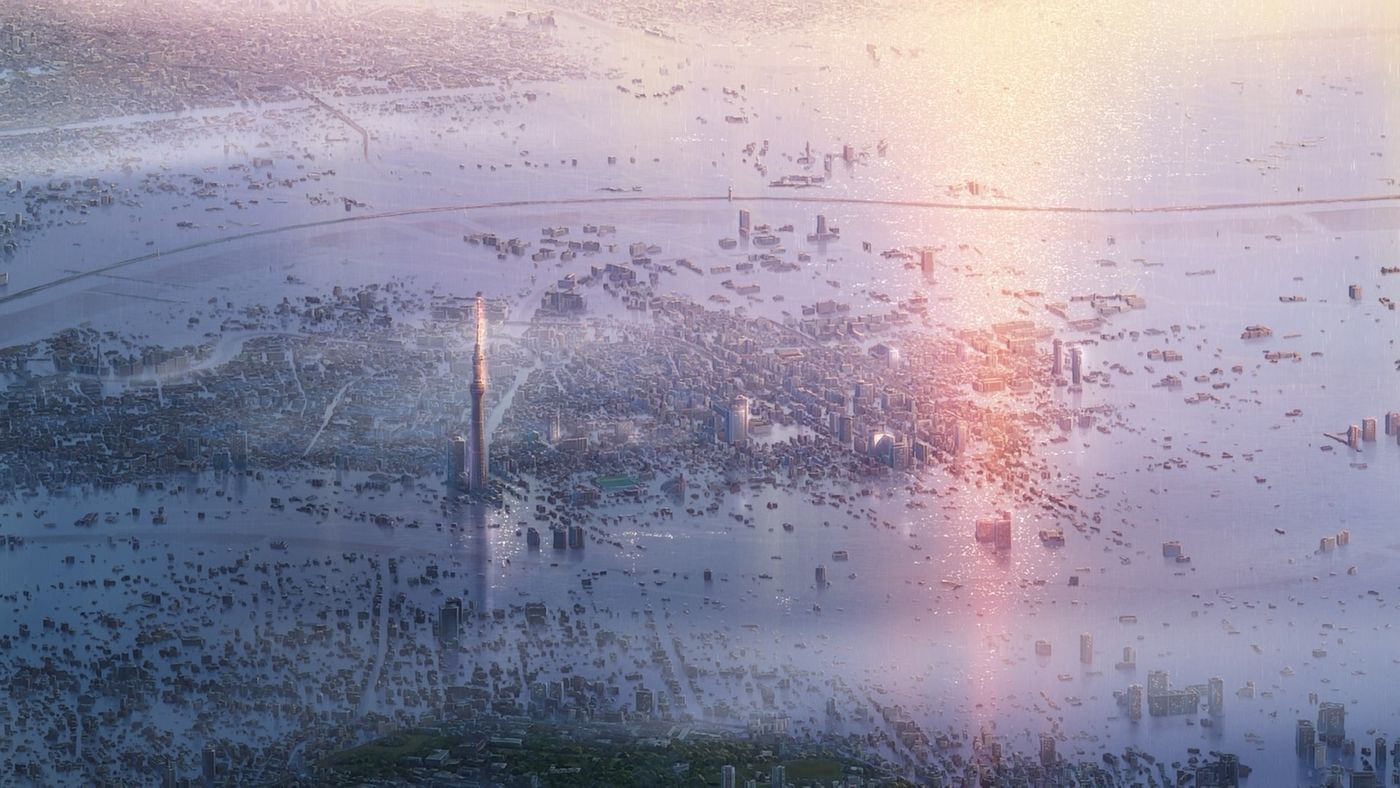
The land of Canaan, where dinosaurs were born, is not so much the Nobita Eden where the three-dimensional landscape model evolved, but rather the mirror image of the Japanese archipelago, which integrates earthquakes, tsunamis, volcanoes, and nuclear explosions. The island crisis pervading under the smoke of doomsday lingers deep in the subconscious of every innocent dinosaur. The aftermath of the March 11 earthquake and the Fukushima nuclear disaster have not yet dissipated, and the turmoil of a new round of geopolitical games hangs high above their heads. Where will the isolated island of Reiwa era go, this is exactly what this movie wants to tell the audience - the old dinosaur, the new Nobita.
- 1 -
The creation of "New Dinosaur" began in 2018, when earthquakes, typhoons, cold waves, and heavy rains were concurrent. The Japanese Kanji Association chose "disaster" as a summary of an uneasy year. The Japanese are disappointed to find that the controversial measures from the left or the right, such as the PKO Act, the Kono Talk, the Murayama Talk, the National Flag and National Anthem Act, the legal system of peace and security, and the lifting of the ban on the right to collective self-defense, have not made the country as expected after the end of the Cold War. Returning to normalization in that way will instead be stagnant in the "lost three decades" triggered by the US Plaza Accord, and the prospects of the Reiwa era are full of unease and confusion.

This is a dialogue between an old-time story that has flourished for 50 years and a new generation of teenagers who are still facing many problems. It is also the first work that sets the tone of Reiwa in a strict sense. Going out of the haze of the 20th century, the small artificial island still has to face the doomed natural disasters, but the theme has changed from defeating the evil villains to the necessary survival and independence.
This project is in charge of Ichikyo Imai and Genki Kawamura, the creators of the highest-grossing film "New Treasure Island" in the theatrical version. From the three-time adaptation of the theme of dinosaurs returning home to the painting style of Takashi Kojima's attempt to pay tribute to the Heisei version, it all reflects the return to the origin. ideas. At the same time, there is no lack of ingenious design: the friendly chocolate replaces the Momotaro brand to tame the balls, and a more gentle prop concept emerges spontaneously.
In addition, Genki Kawamura's script is not satisfied with a simple story reproduction, but seeks to achieve a deeper spiritual resonance with the original work.
- 2 -
The parent-child setting of "New Treasure Island" with the largest common divisor of the audience obviously takes into account the parent group other than children. With the loose generations born after 1987 entering the family stage one after another, this work has set Nobita and Xiaojiu who can resonate with them. The pair are mirror images of each other. Under this implication, how Xiao Jiu, who grew up in a relaxed environment, adapts to the theme of the world of the jungle, and becomes the container of Fujiko·F·Fujio's thought in the context of contemporary society.
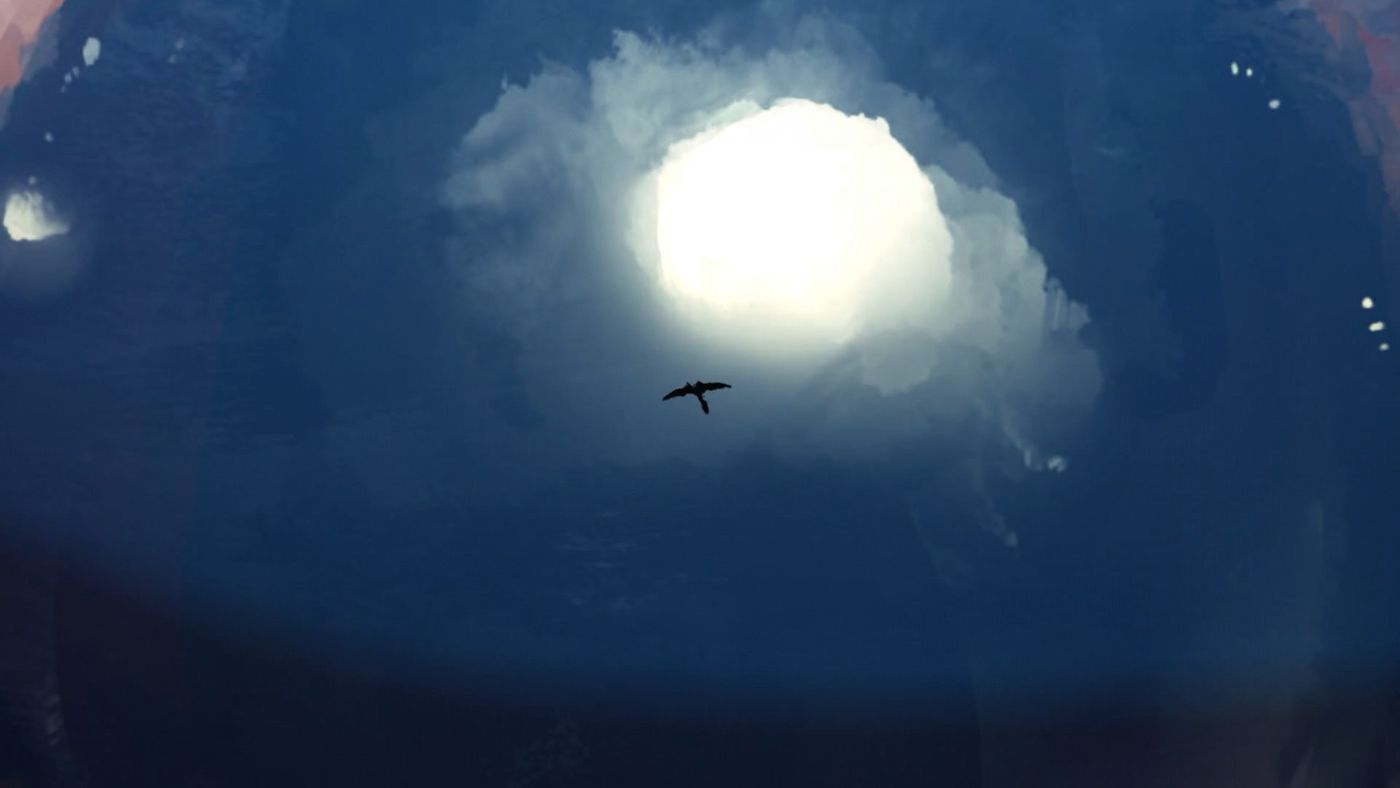
During the interview, Genki Kawamura expressed that he wanted to appeal to the importance of diversity from the interpretation of evolution. Yet when instrumental rationality is applied to reproduction, it inevitably slips into social Darwinism, which in turn becomes extreme eugenics. The latter has always been criticized in Japanese animation, such as the Spartan warrior Saiyans.
The flight ability that the new species of dinosaurs originally evolved to avoid natural enemies has become a sign of racial rift after retreating to a paradise without natural enemies. The blind pursuit and worship of efficiency has led to evolutionary alienation. In fact, even though the physiology of gliding was crucial in the early Cretaceous, from an overall perspective, it was not as beneficial as the wing flapping of Xiaojiu's realization on the path of dinosaurs becoming birds. It is conceivable that if such a late bloomer grew up in a cruel jungle with a high degree of competition, instead of being cared for and encouraged by Nobita, even survival would become a problem (the egg born by Xiaojiu is indeed the abandoned child of the times), and even more so. Never mind leading the next evolutionary direction.
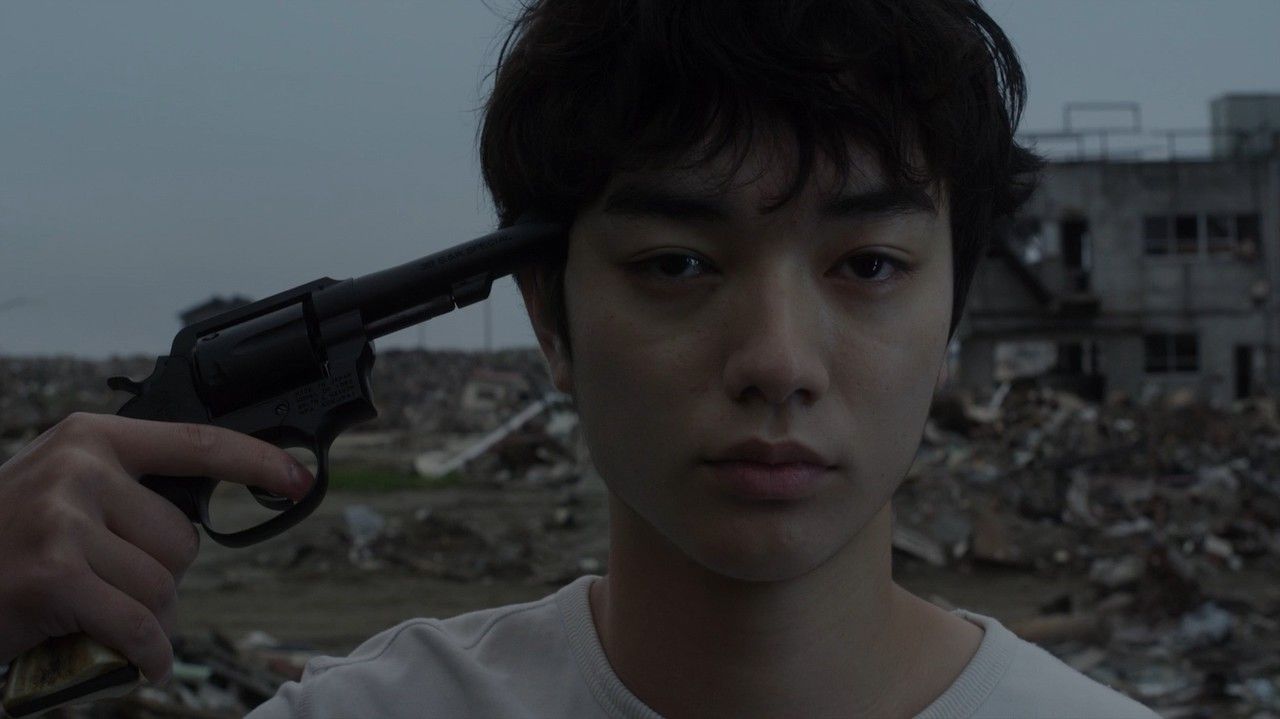
Instrumental rationality leads to single-value societies that are intolerant of diversity, only to stifle evolutionary possibilities before they emerge in shortsightedness. The resulting sense of unease is even heavier in the hearts of the Japanese who have not yet emerged from the lost Heisei era in the context of the accelerated development and collision of the world.
- 3 -
Since the Meiji Restoration, the dual governance structure of the imperial family and the shogunate has been disintegrated. The emperor, who holds the power alone, regards Shinto as a symbol of the legitimacy of the regime. The originally weak local beliefs have risen rapidly through the separation of the gods and Buddhas of the government, and they have become the state religion. The national Shinto in nature, together with the Bushido spirit, played the role of civil mobilization to promote the worship and authority of the emperor, and even Shinto facilities were built in Korea and Taiwan. It was not until after the war that the Allies forced the separation of church and state that they stripped away their militaristic attributes.
With the release of the Human World Declaration, the emperor's real power and the slogans of "Eight Hiroichi" and "Seven lives serve the country" withdrew from the political field, but the emperor still retained his status as the supreme leader of Shinto. The Shinto language family of words has not disappeared in the spiritual and cultural life of Japan. The United States, which has made a comeback, has substantially filled the original position of the emperor in the national structure, and the legal basis of Japan had to be revised from the Meiji Constitution to the Japanese Constitution drafted by the Allies.
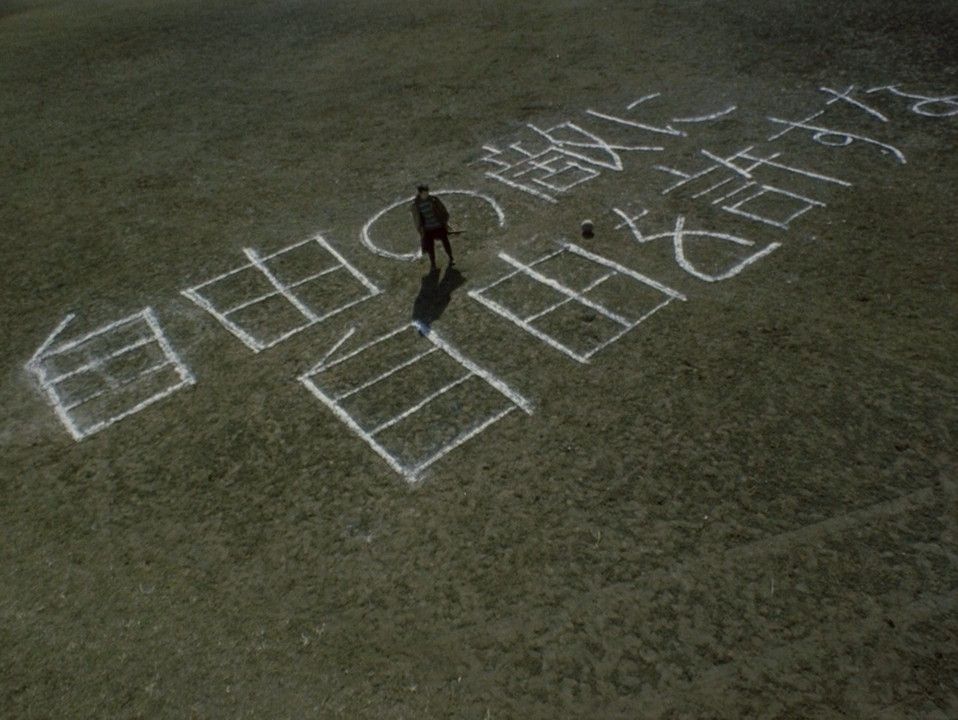
To this day, the lack of legitimacy of the state's subject and the evasion of historical responsibilities continue to linger behind the scenes in Japan's quest for substantial independence.
The Showa version of the dinosaurs in the movie testing the waters seems to be a simple and tender work, but it does not lack the author's expression. Mr. Fujiko packaged his favorite western movie elements into political symbols and projected them into the story, so there are dinosaur hunters dressed as cool cowboy Indians, white rich people with big belly, and even Pizu, who was mistakenly sent to America and bullied by local plesiosaurs. The paragraph is also subtle in the context of the 20th anniversary of the signing of the "New Security Treaty", and the return of dinosaurs has become a symbol of Japan's independence. The Heisei version of the dinosaurs is further extended to the protagonist who lost all the props and crosses the American and Asian continent with their own power.
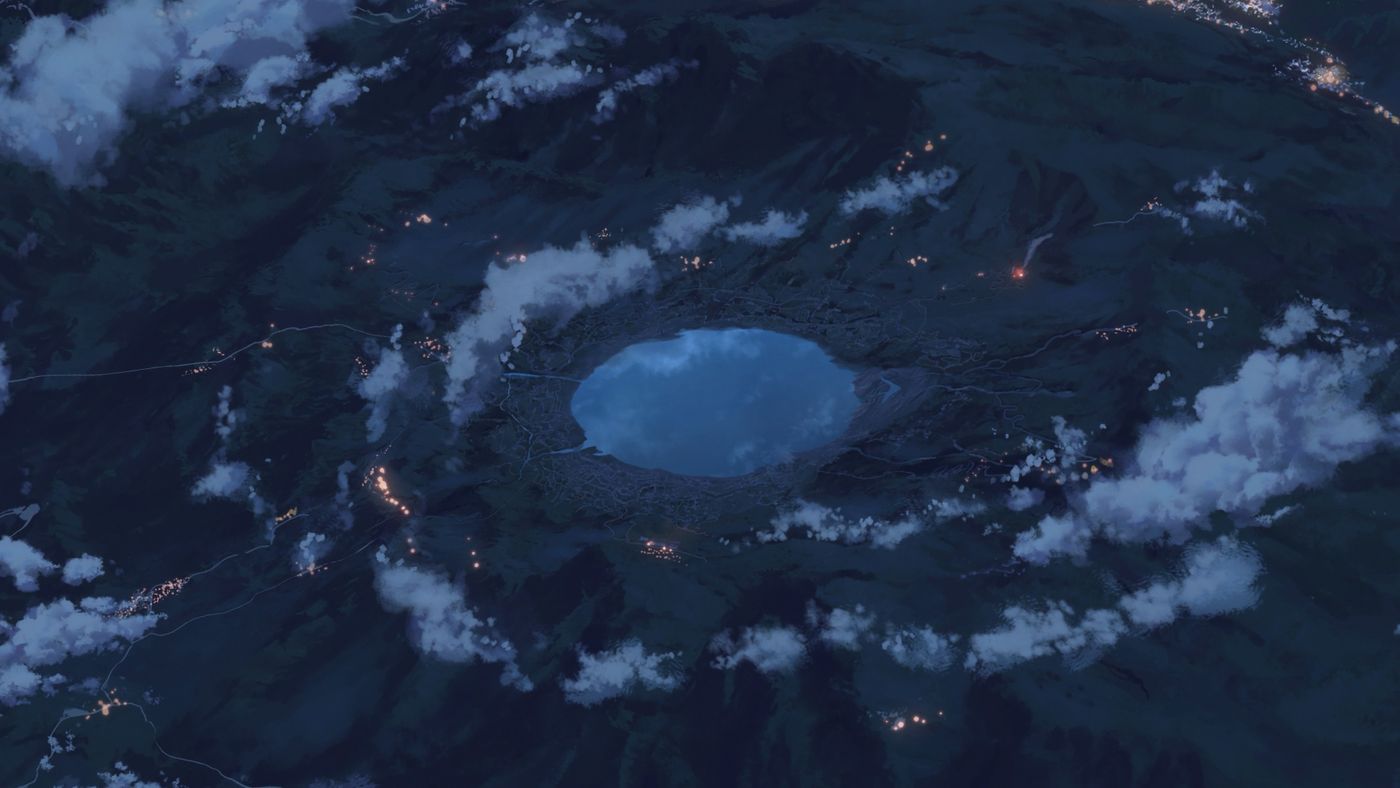
In 2020, the 60th anniversary of the conclusion of the "New Security Treaty", it is particularly worth pondering how Japan should summarize the development gains and losses of the past half century and re-establish its position and hope in the increasingly complex world pattern. In addition to setting up the giant wind god pterosaur villain also produced in North America to keep the same position as the previous work, Kawamura Genki chose the Shinto elements used in "Weathering Child" to interpret the re-reflection of the current society where disasters and geographical conflicts are frequent.
- 4 -
The protagonists who returned to the Jurassic period repeatedly sighed that "we also have dinosaurs in Japan", which made the adventure travel more totem-based than the return of dinosaurs. Facing the towering giant peak, Nobita, in the doubts of the crowd, determined that the same kind of Xiaojiu was on it, put on a divinity for himself, and passed through the Nachi Waterfall (located in the mythical place where Emperor Shenwu and Xu Fu landed), which symbolizes the origin of Japan. Kumano area), those who embarked on the search for dinosaur footprints also entered the subtext of the geographical Kii pilgrimage route and the spiritual journey back to Shinto.

In Shinto legends, the father god Izanagi created all phenomena by turning the things he wears into sons and gods. Nobita also used the moonlit platform and the daily objects of his house to spread miracles by coincidence, and put Doraemon into the daily universe of Doraemon. The dismantling and reconstruction of the landscape of the theatrical version constitutes the prototype of a different world in the theater version. The other world and this world are linked together by a unique fractal structure, reinterpreting Mr. Fujiko's "a little bit incredible" style. With the infinite expansion of size, the horizontal bar becomes a torii, the slide becomes a walkway, the space conversion crayon becomes an annotation line, and the three-dimensional landscape model becomes Ashihara China. present. In the context of animistic Shinto, every plant and tree in Dinosaur Paradise is where Nobita's divine body resides, and mortal primary school students once again inadvertently become the God of Creation.
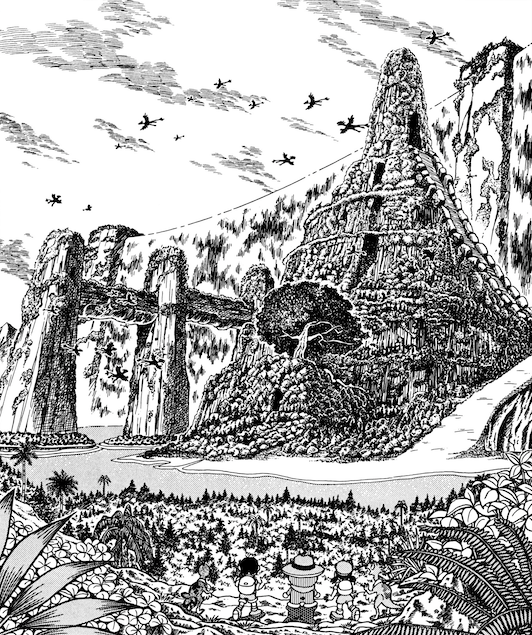
Going back to the dinosaur egg fossil at the beginning of the whole film, which came from the depths of the earth and carried the accumulation of time, it was held in the chest by Nobita as a treasure and shuttled around the street corner of Nerima District. revival.
In the climax, the Meteorite Crash of the villain Dinosaur Hunter was replaced, and the Time Patrol, which should have been a mechanical seance, receded to the background board. This time, the protagonist and his party, who are truly fearless and unscrupulous, can finally let go and reshape a modern Japan that will not be interfered and let grow. The three-dimensional landscape model, which also has a relaxed environment and four miracles, has become the symbol of the new Japanese archipelago under the shelter of the climate control device.
Facing the savage and rude giant red intruder who plunged Nobita into crisis, the weak and willful typical Xiaojiu of the loose generation finally stimulated his potential, leaped to the sky, rescued his patron saint, found his own way of survival, and completed the dinosaur physiology. Only in the dual sense of function and Japan's independent and sound national subject can he say goodbye to Nobita, who is actually from the past (Jurassic) called Back to the Future at the end. Giroud's sighs and expectations for the endless proliferation of life pinned the hope for the younger generation to end the disasters of the past. With the golden light on Xiaojiu's wings, its image gradually overlapped with the three-legged eight-pointed eagle who guided the way for Emperor Shenmu, representing the beginning of the Reiwa era.
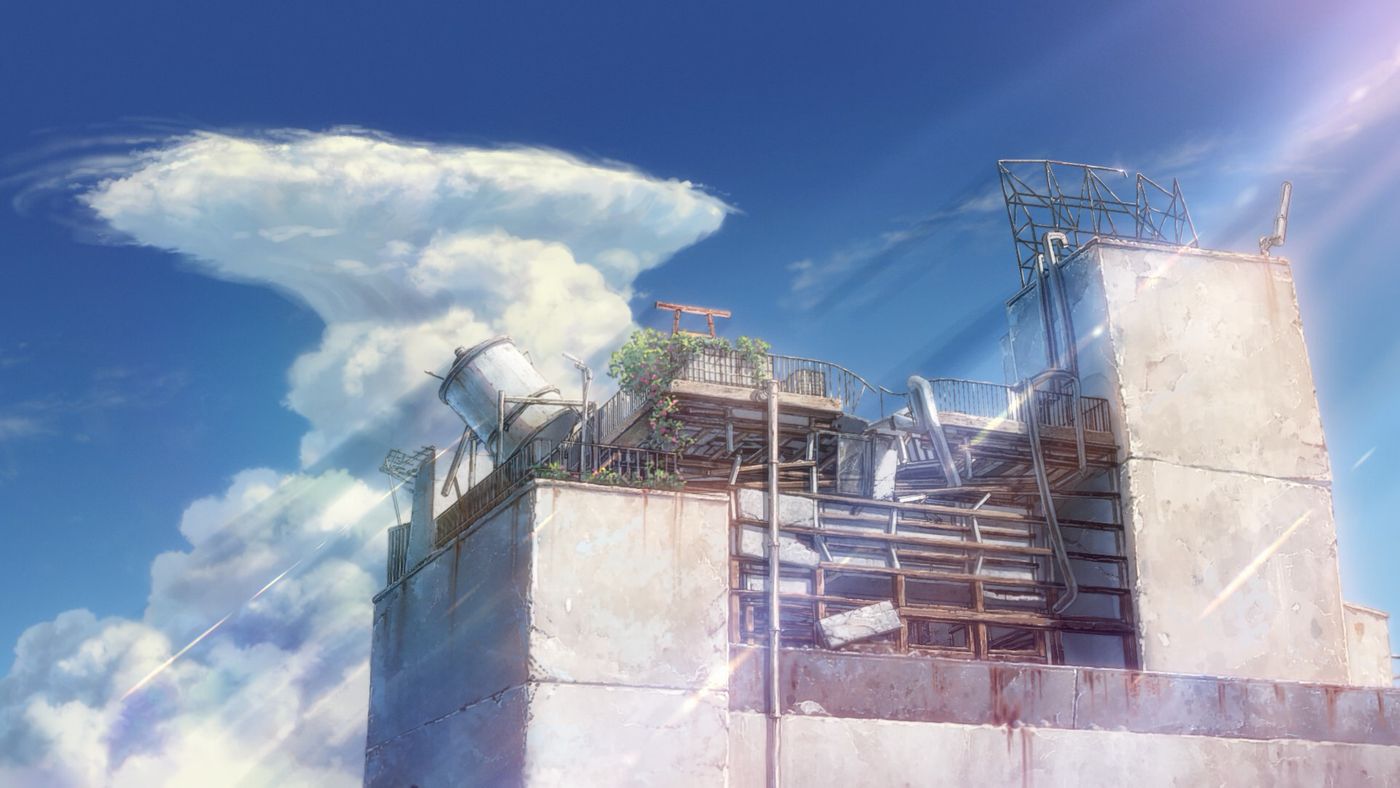
This completes the tribute to the fable of "The Diary of Creation" - while deconstructing the history of Shinto, liberating individuals from Shinto culture, and using Nobita's mouth to point out: Say goodbye to the past, and you can only rely on yourself for your own happiness.
The film, Nobita's new dinosaur, is actually a healing journey to solve the spiritual crisis of contemporary Japanese society through cultural roots and backtracking of the previous work, returning to the original thinking method.
- 5 -
As for why the identical twins are thrown away by Xiaomi in all directions, as we all know, the difference in the traits of brothers and sisters mainly comes from the location of oil precipitation. Obviously, Xiaojiu belongs to the upper half of the egg yolk, so why did Doramei not appear?
Like my work? Don't forget to support and clap, let me know that you are with me on the road of creation. Keep this enthusiasm together!
